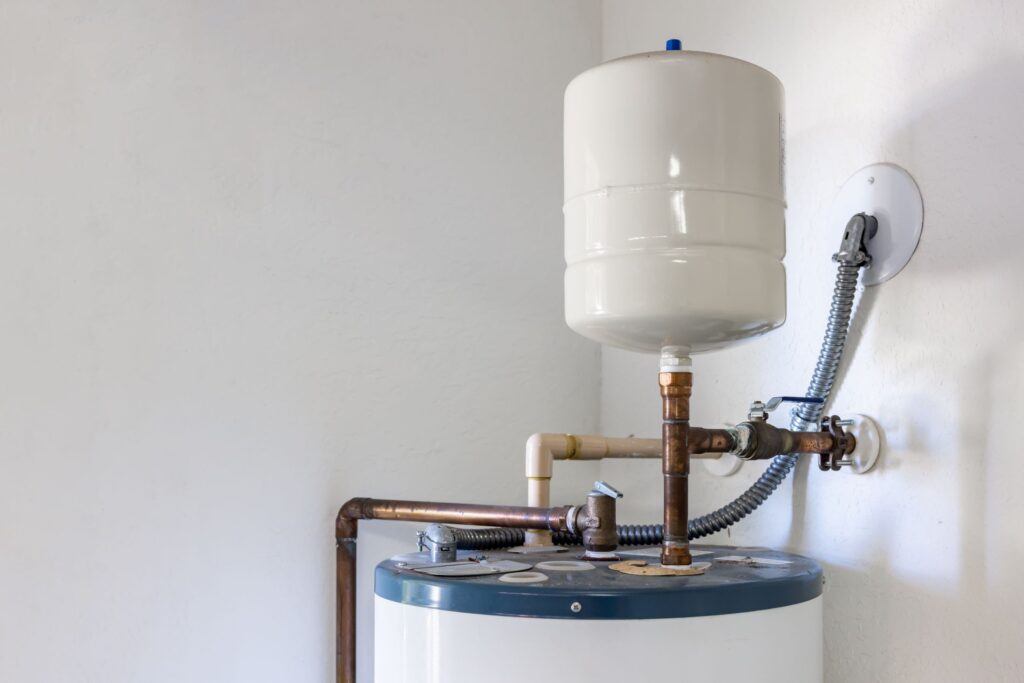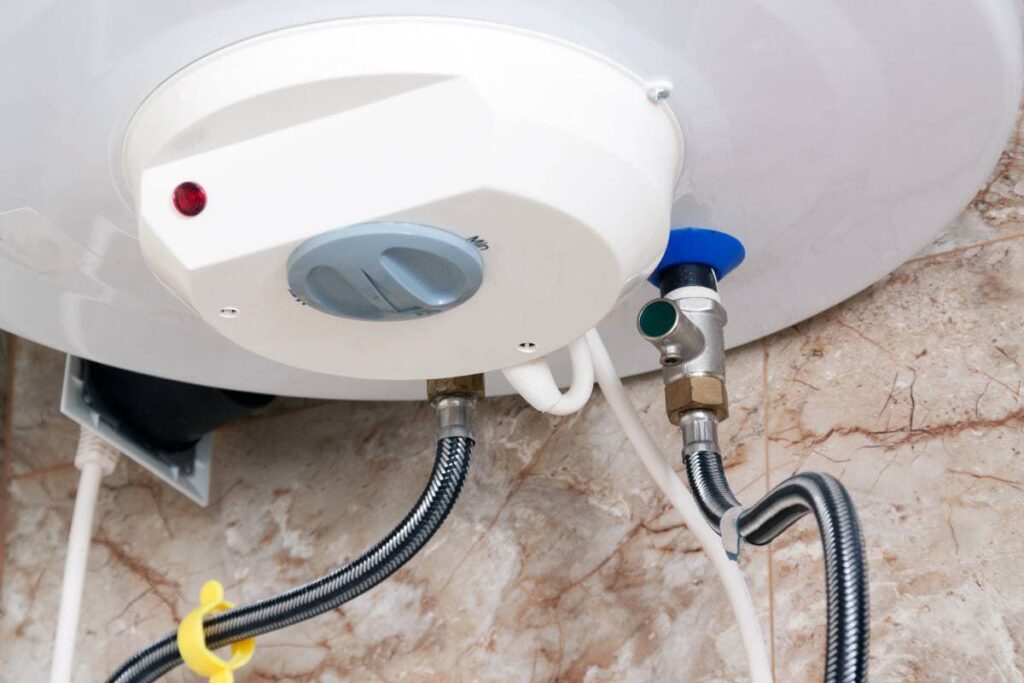Effective Techniques for Caring for Your Home's Hot Water System
Effective Techniques for Caring for Your Home's Hot Water System
Blog Article
Have you been trying to find critical info around Tips on Maintaining a Water Heater?

Warm water is essential for daily comfort, whether it's for a refreshing shower or washing dishes. To ensure your hot water system runs effectively and lasts longer, normal upkeep is vital. This article offers sensible pointers and understandings on just how to keep your home's warm water system to stay clear of interruptions and expensive repair work.
Introduction
Maintaining your home's warm water system may seem daunting, yet with a couple of easy steps, you can guarantee it runs smoothly for years ahead. This guide covers everything from recognizing your warm water system to DIY upkeep ideas and knowing when to call in specialist assistance.
Importance of Keeping Your Hot Water System
Regular upkeep not only expands the life expectancy of your warm water system however likewise ensures it runs successfully. Ignoring maintenance can lead to lowered effectiveness, higher power costs, and even premature failing of the system.
Indications Your Hot Water System Needs Upkeep
Understanding when your hot water system requires interest can avoid major concerns. Watch out for signs such as irregular water temperature level, weird sounds from the heating unit, or rusty water.
Flushing the Hot Water Heater
Purging your hot water heater eliminates sediment buildup, boosting performance and extending its life.
Checking and Replacing Anode Rods
Anode poles stop rust inside the tank. Inspecting and changing them when broken is important.
Complex Issues Calling For Expert Help
Instances consist of major leaks, electric problems, or if your hot water heater is consistently underperforming.
Regular Professional Upkeep Perks
Professional upkeep can include complete evaluations, tune-ups, and making sure compliance with security standards.
Examining and Readjusting Temperature Setups
Adjusting the temperature level settings makes sure optimum performance and safety and security.
DIY Tips for Upkeep
You can perform a number of upkeep tasks yourself to maintain your hot water system in leading problem.
Checking for Leakages
Regularly check pipelines and connections for leaks, as these can bring about water damage and higher costs.
Understanding Your Hot Water System
Prior to diving into maintenance jobs, it's helpful to understand the fundamental parts of your hot water system. Usually, this consists of the hot water heater itself, pipelines, anode poles, and temperature controls.
Regular Monthly Upkeep Tasks
Normal monthly checks can assist capture small issues before they rise.
Evaluating Pressure Alleviation Valves
Examining the pressure safety valve guarantees it functions properly and stops too much stress buildup.
Protecting Pipes
Protecting hot water pipes minimizes warmth loss and can conserve energy.
When to Call a Professional
While DIY maintenance is helpful, some problems need professional competence.
Final thought
Normal upkeep of your home's warm water system is essential for efficiency, longevity, and cost savings. By complying with these tips and knowing when to seek expert assistance, you can guarantee a reputable supply of warm water without unforeseen interruptions.
Water Heater Maintenance Tips
Test the TPR Valve
Shut off the power and the cold-water supply valve. Place a bucket under the pipe connected to the temperature-pressure-release (TPR) valve on the top or side of the tank. (This valve opens if the tank pressure gets too high.) Lift the valve’s tab to let some water out, then let go. If water keeps flowing, drain the tank partway, unscrew the old valve with a pipe wrench, and install a new one. Check the Anode Rod
Put a hose to the tank’s drain cock and let out a few gallons of water. Now fit a 1 1/16-inch socket onto the rod’s hex head on top of the heater (or under its top plate) and unscrew the rod. If it’s less than ½ inch thick or coated with calcium, buy a new one, wrap its threads with Teflon tape, put it back in the tank, and tighten securely. Use this segmented rod if headroom above the tank is limited. Drain the Tank and Wash Out Sediment
Drain the remaining water in the tank into the bucket, then stir up the sediment on the tank’s bottom by briefly opening the cold-water supply valve. Drain and repeat until clean water comes out of the hose. Close the drain cock, refill the tank, and turn its power back on. Adjust the Temperature
Find the temperature dial on the side of the tank and unscrew its cover. Adjust the dial to 120 degrees using a flathead screwdriver. For every 10 degrees the temperature is lowered, you can expect to save up to 5 percent in energy costs. Turn the water heater off or the thermostat down to its lowest setting if you plan to be away from home for more than three days. Insulate the Pipes
Buy some self-sticking 3/8-inch-thick foam pipe insulation that matches the pipes’ diameter. Slide the foam over the hot-and cold-water pipes as far as you can reach. Insulating the cold-water pipe prevents condensation in summer. Peel the tape and squeeze the insulation closed. If the pipe is 6 inches or less from the flue, cover it with 1-inch-thick unfaced fiberglass pipe wrap. https://www.thisoldhouse.com/plumbing/21016402/how-to-maintain-a-water-heater

I am just very intrigued by What Kind of Maintenance Do Water Heaters Need? and I'm hoping you liked our page. Appreciated our review? Please share it. Let someone else discover it. We take joy in reading our article about Tips on Maintaining a Water Heater.
Call Today Report this page